Figure of Speak – 2011
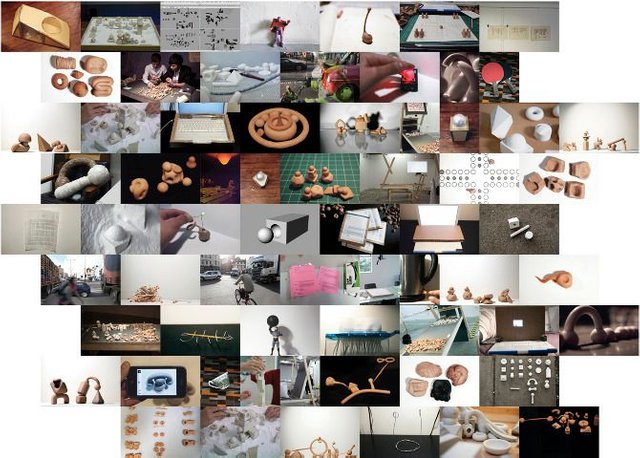
In my third and final year of the BA Design, I was asking myself why we make so many mistakes in daily practices, and how much of it is design induced human error? Looking for evidence of tools that were prone to human disassociations or error, I was becoming more aware of the abundance of objects that surrounded me. My inability to perform without error grounded a disappointment in the vastly designed and produced mass of ordinary objects. In consequence I felt driven to create without thinking, free of preconception; therefore trying to create without a context, would eliminate the possibility of dissatisfaction. Gradually I found myself in the territory of object languages and what they communicate when you take away their defining functions.
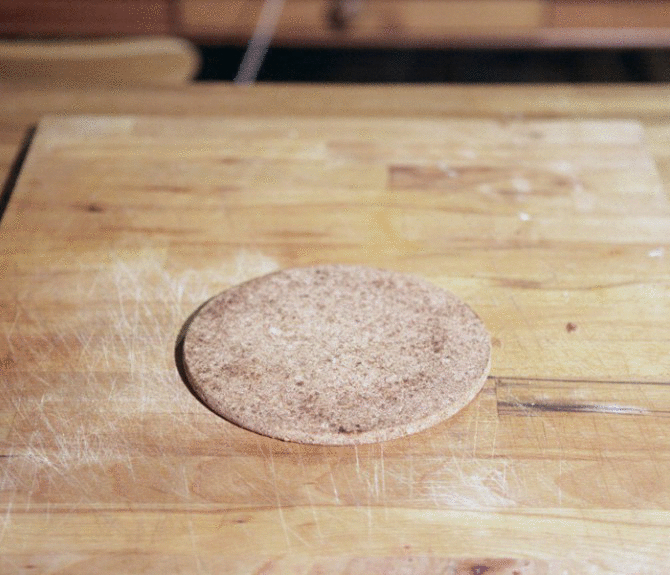
I was interested in the perception of man made things in their environments The objects that accumulate in those environments are the manifestation of ever changing human condition. I found that there is a culture of objects and how we understand them on their own and as a whole. What makes this a sandwich, isn’t its edible content, but rather a perceptive understanding of how a sandwich is made. On their own the ingredients mean very different things. (string to tie, sock to wear etc.) Yet together they are able to get the idea of what seems to be a sandwich. A metaphorical sandwich. Is it possible to use objects as place-holders?

Reading on error and mistakes in The Design of Everyday Things, Donald A. Norman, discusses 'affordance' and the phenomenon of object memory that lead to misassociatons. It would follow that as our environment becomes more digitalised we are increasingly pacified by the un-do-ableness of daily mistake, we become less aware of the possible outcomes our practical, non-digital actions may have. You might be able to emulate and simulate it, but its different. There is a reality of the screen and the software and there is another reality. That of the physical tangible form.
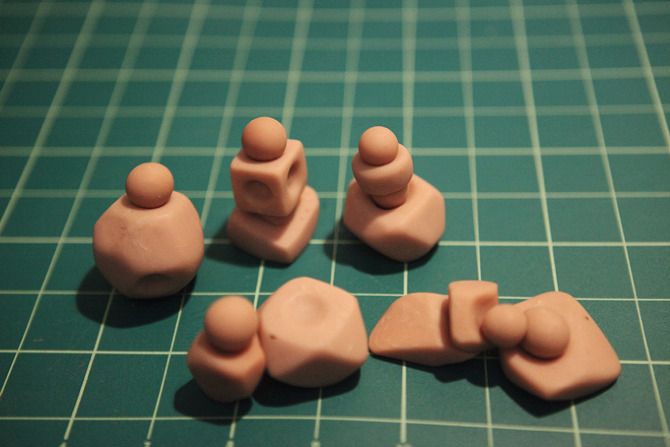
Grappling with a reality of things and how we understand them, I wanted to see if I could record my interactions or rather my impression of them on a regular basis. I attempted to do so through a process of producing at least one volume a day, that aimed to materialise a cognitive reflection through making.
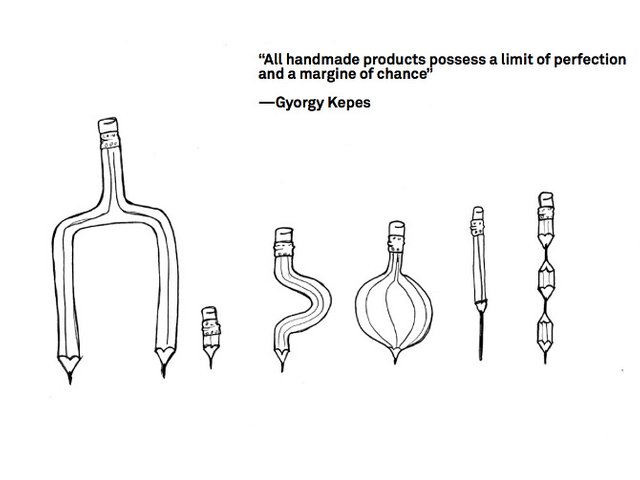
Gyorgy Kepes in Visions & Values said: “All handmade products possess a “limit of perfection” and a “margin of chance”, which are unknown to industrially, produced objects. The invention of crafting machinery leaves a definite impression. In order to design objects that work, first I must define the language of the tools that are used to create it and secondly to consider other outcomes that could follow in its image.
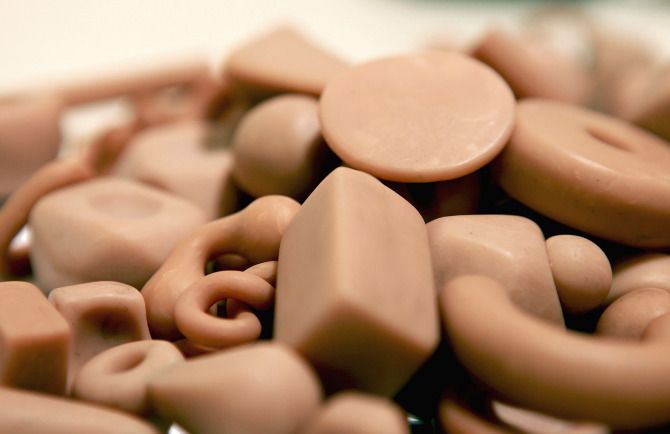
Using a modeling clay, everyday I made rapid volumes to record interactions that had left certain impressions. Making without prior preparation meant that my relationship with the material became impulsive. And so I was accumulating a dynamic system of forms, that was self perpetuating. Some acted as tools to craft other shapes, which started to give them certain uniform attributes. However I was yet to understand what it meant to be creating a uniform system and to what end other than for data collection. At this stage, I had started to look at the principals of a school of thought known as Gestalt which studies objects within environments as being perceived both as individuals and entire constructs.
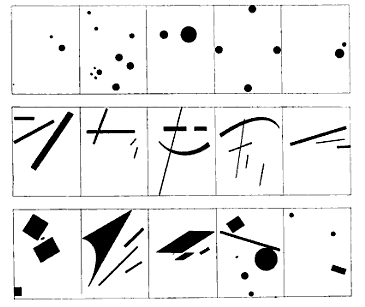
The word Gestalt is german for “form” or “shape”. The psychological theory established by Wertheimer, Kohler and Koffka, aimed to learn how the mind perceived and processed visual input. The claim is that we can isolate principals of perception as seemingly innate mental laws, which determine the way in which objects are perceived. The sum of the whole is greater than its parts. Trying to understand this as a concept in my relentless process of generating many parts, I started to recognise an accumulation of elements disjointed from immediate reality, baring no social rules.
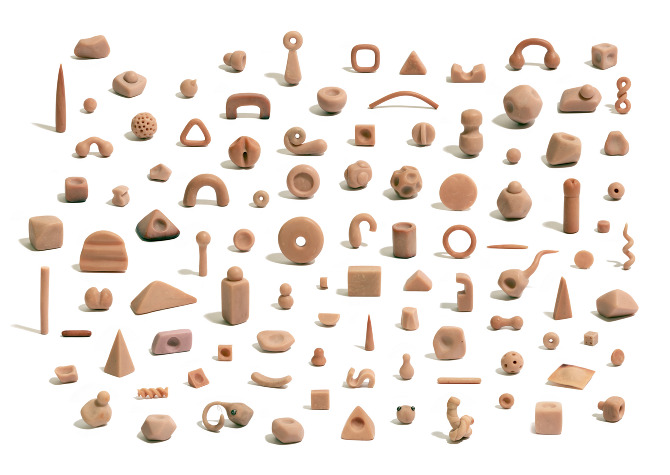
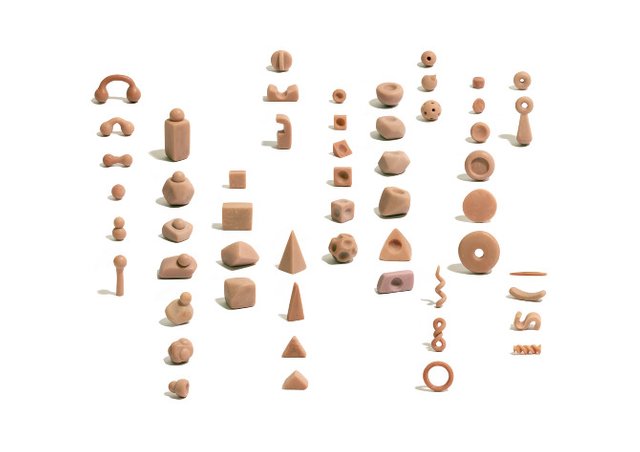
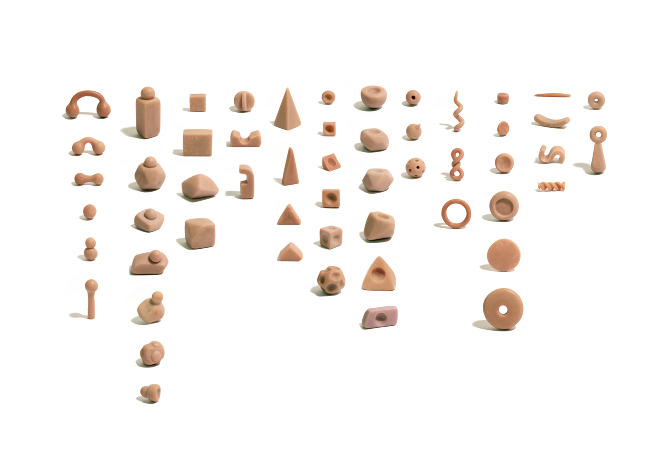
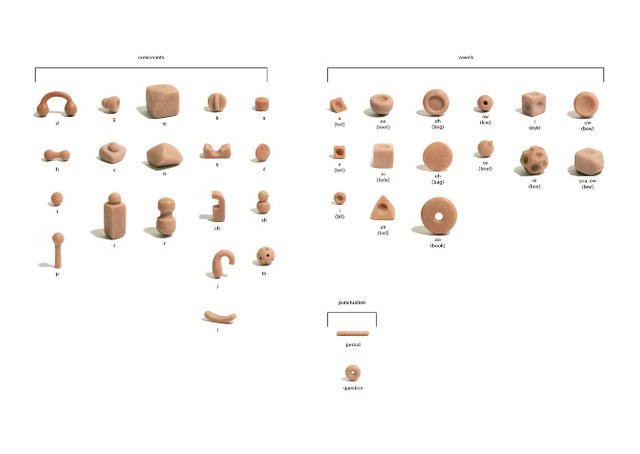
Assuming that the progression of the shapes has been to accumulate and catalogue for a means of communicating ,is it strictly a visual language or is it also a means of expressing “what I can make with my hands” - a making language. Even though it was intended to gather data, it was inherent that my approach or style of making was embedded into the shapes and so there is a distinct and consistent visual language that was coming about. Taken from my method of making, if someone else were to make them, how would theirs' be different?
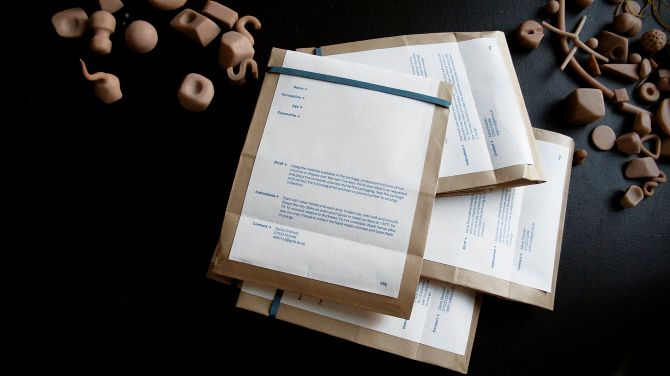
Most of all, what all the shapes had in common was that I had made them from my grounded memory and perception. We are all different in the way we understand and see reality through our cultural lenses. Given the opportunity, I wanted to see how others would make volumes similar or different to my own. I designed a probe containing the same modelling material I used, instructions and a brief asking to produce 5 volumes in 5 days.
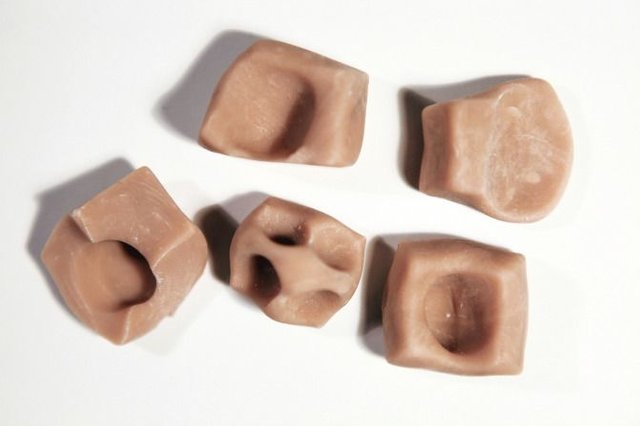

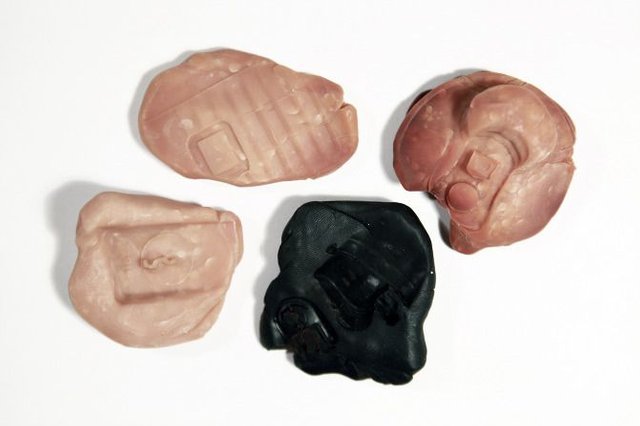
By getting others to create a set of objects, I was able to gather tactile evidence of how they perceive parts that make a whole. Overlaps and differences, to my method to making, suggests an underlying quality of communication from free crafting.
Participant Daiky did things I hadn’t really considered. He was making imprints of interfaces that would directly communicate the objects he has come into contact with. Why hadn’t I thought of that. My understanding of the material was so different. Until now, the nature of the communication suggests a metaphor of a monologue. To take the concept of communication further, I would need to address the visual and tactile-interactive language of a dialogue. In order to make it a successful form of communication that everyone can share fairly without bias ,others needed to be brought into the scene.

I saw them as forms and shapes that I could freely assign function to. Big is relative, it didn’t seem big enough. The experience of scale did not seem to communicate this idea alone because it needs material to impose form onto. If they are blown up in scale, they become experiences. Kept small and hand held, they are tools. Lost in translation, I wasn’t quite certain how to get at a unified language that is transferable. Different materials would imply other interactions as scale and proportion would.
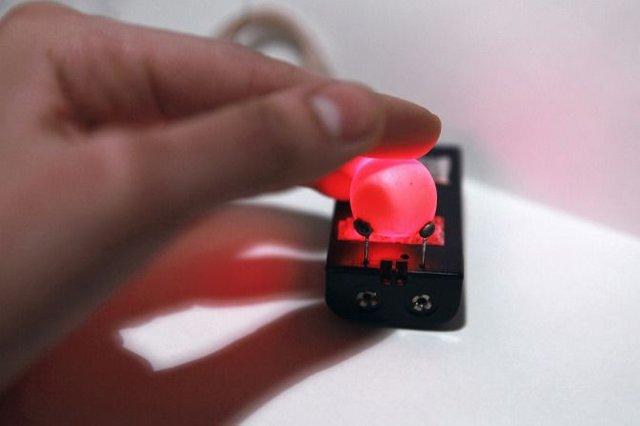
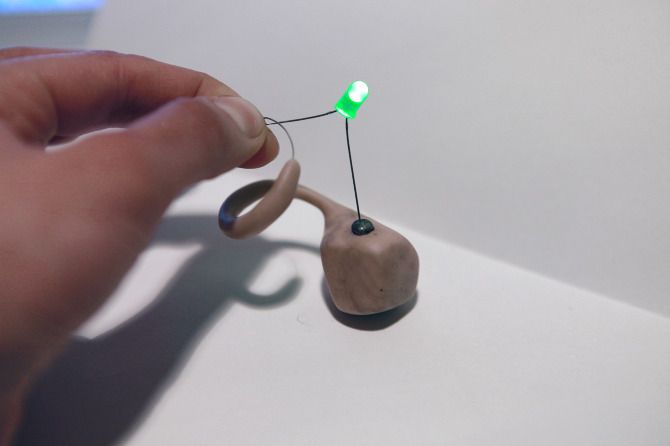
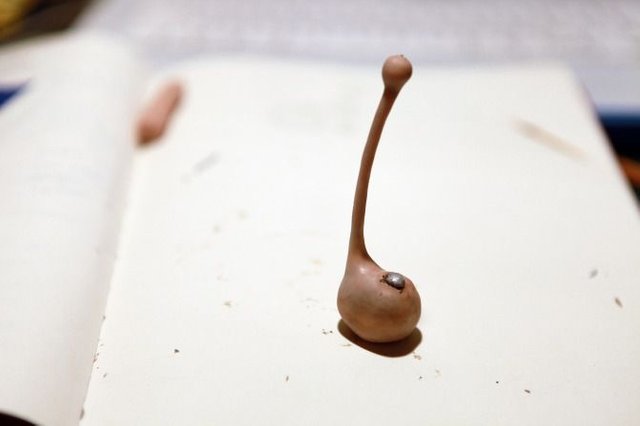
However, the dematerialisation or transformation from one impression onto the next was more relevant. A level of understanding is transferred along several people. Like chinese whisper, some content is lost or obscured with every telling. The difference between what is said and what is heard is Meta Text. “With every reading, their is the possibility of further readings”. I was curious about the possibilities of machines that are metaphors for manual tools and particular object languages that linger over functions. As our technological world changes and advances, we still hold on to old forms and structures we are familiar with.

Is the tangible also transferable through object recognition on readily available smart gadgets? I didn’t get very far with trying to impose electronic interaction in the process of accumulation. That meant that I would have to develop a whole other process with the intention of arriving at a language of functionality. I questioned the look of the digital. But I hadn’t yet fully covered the topic of language, therefore pursuing electronic engagements with the shapes seemed to advanced at this point. First I needed master the concept of an object language, before taking on a digital step. I didn’t feel I knew enough on the technological side of things.
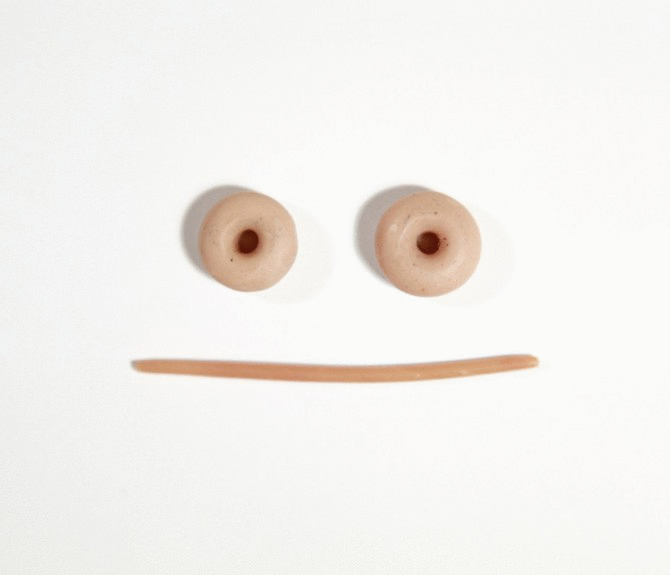
Every man made object has the potential to be distilled and decomposed through reading and relaying from one person to another. I saw them as forms and shapes that I could freely assign function to. It was more important to allow others to develop context around them freely. Placing the objects into a finite social context did not seem correct.
Assigning spoken language to the system of shapes is perhaps too literal. I didn't intend for them to bee seen as representations of letters because they perform as words perform in language. The fact that they a physical allows it to stand in for concepts. It functions to the extent of facilitating meaning.
Implying phonetics of spoken language wasn’t exactly practical in a conventional situation. Philosopher and deconstructionist, Jacques Derrida refers to language and words that stand in for physical worldly things that are absent. “Words don’t stand for things, they stand in for things.” More important is how others can develop context around them freely, to reveal another level of understanding. I have created something that could facilitate a dialogue.
To get at an object language, I had to demonstrate how this could be possible as an additional element to conversation. Instead of trying to establish a usable and readable language, using the volumes available, I want to make a suggestion as to how they can quantify communication in a physical form. A language of making is transferred into a language of use.
There is a reality of the screen and the software and there is another reality. That of the physical tangible form. This is a platform for conversation and a testing ground for rhetoric; dialogues, monologues and concepts are welcome. Public engagements and interactions will be broadcasted live for the duration of the Future Folk Design Degree Show.
Signing off.
Z
I think that onion pencil is on one of the greatest little drawings ever. Aside from the jokes about your amazing attention to detail master Zeee, I'd say that this is one of the most comprehensive posts I've come across on Steemit in quite some time (and I say that both objectively and subjectively!). Big Kudos!
Funny how nowadays we are writing essays about our essays but it's actually worth it? Amaze!
Yeah that drawing still makes me chuckle too :) My best work every! Thanks for taking the time to read up on my study. Other than nostalgia I find reviewing old work like a lesson from a past self. I also feel like I have progressively grown stupid hahaha
Teknologi yang bagus
Sneaky Ninja Attack! You have been defended with a 1.48% vote... I was summoned by @zeitgleich! I have done their bidding and now I will vanish...Whoosh